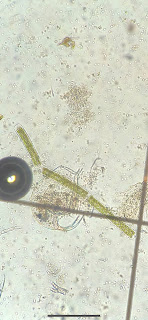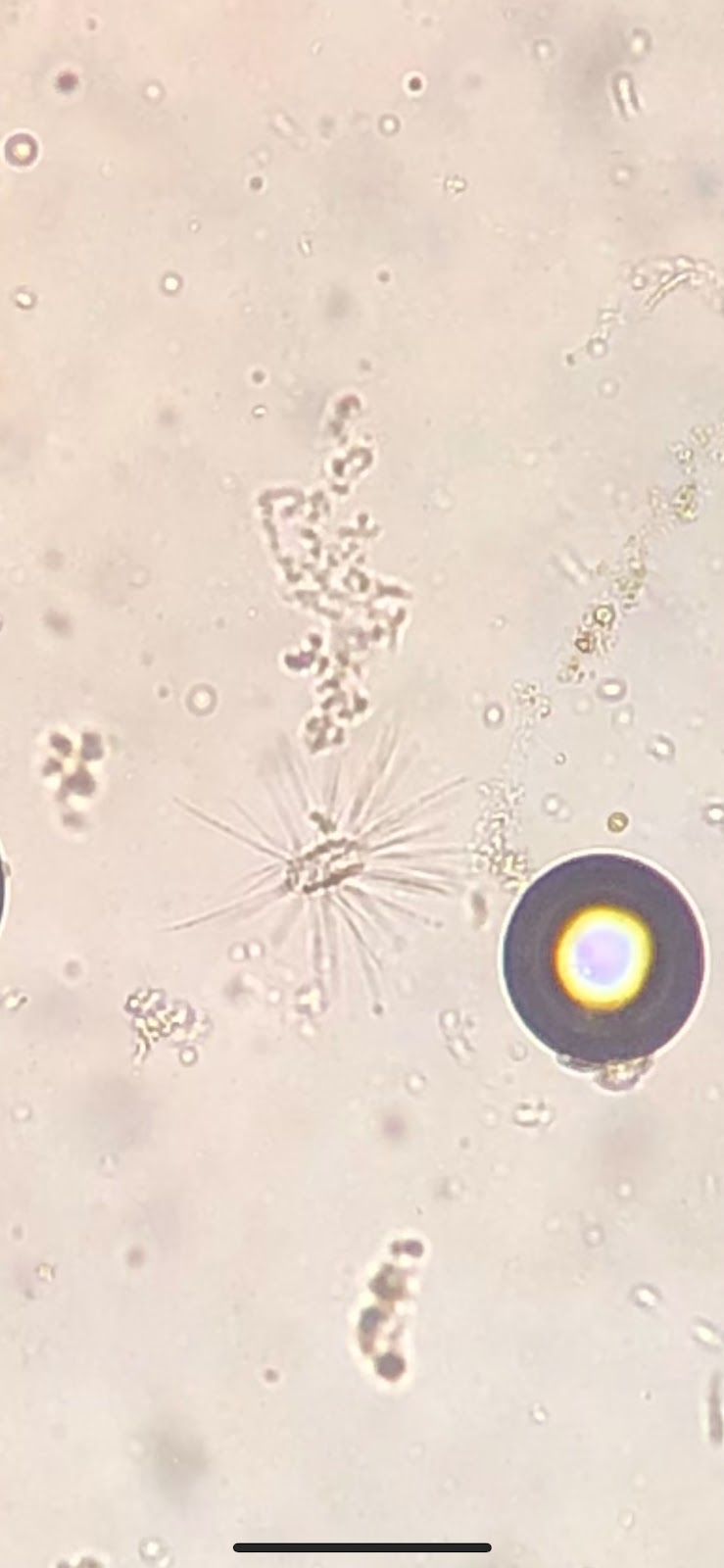Continuing to identify: This entire week I spent iding in the lab. This is the longest part of my project and at this point, I am halfway done with my first sample. The hardest part about having two internships is having to prioritize one over the other. I have had to put this project on the back burner because, on holidays, I work 6-7 days a week. Doing lab work in the evenings after work gets me by, but I am exhausted and when you've worked all day staring into a microscope for 5 hours makes you go cross-eyed. Despite this, I am very proud of myself for continuing to work through this and have made steady progress! Here are some honorable mentions: Diatom - there are multiple different shapes and sizes of diatoms, if there isn't a common name for it anywhere on the internet, I usually call it diatom 1 or diatom 2 so I can identify later when I have more time. This is an unknown one, It might be a zooplankton it might be a really rare phytoplankton. So I took a pictur...



